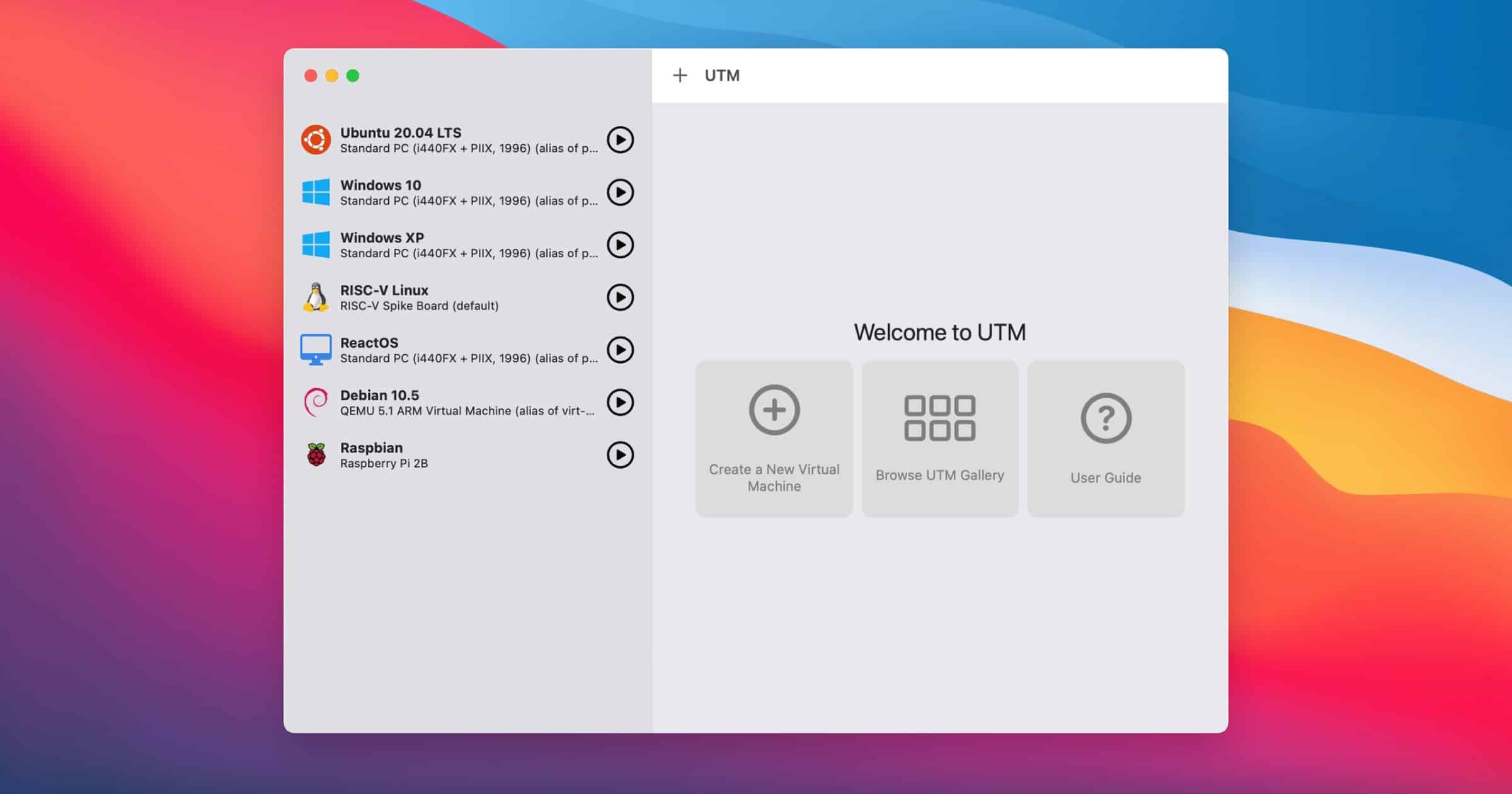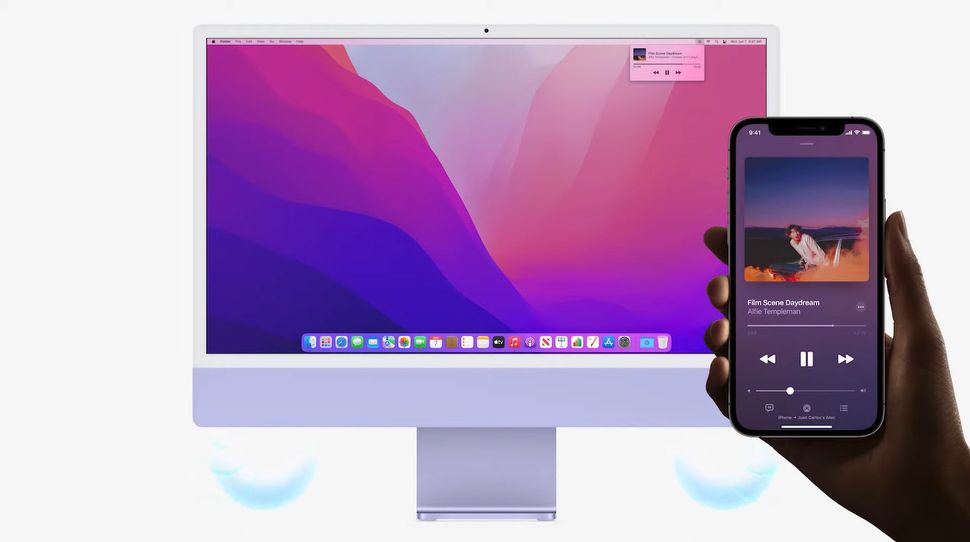

- QEMU MACOS MONTEREY MAC OS
- QEMU MACOS MONTEREY INSTALL
- QEMU MACOS MONTEREY DRIVER
- QEMU MACOS MONTEREY PRO
- QEMU MACOS MONTEREY SOFTWARE
DEBUG (guest:1094) Using num_pcie_root_ports=14 DEBUG (graphics:167) spice requested but HV doesn't support it. DEBUG (graphics:157) App is configured with default_graphics=spice DEBUG (osdict:216) No recommended value found for key='n-cpus', using minimum=1 * 2 DEBUG (installer:544) tect_distro returned=None DEBUG (installer:542) No media for distro detection. DEBUG (guest:330) Setting Guest osinfo name DEBUG (cli:219) Received libvirt URI qemu:///session DEBUG (cli:216) Requesting libvirt URI default DEBUG (virtinstall:142) Distilled -disk options: DEBUG (virtinstall:212) Distilled -network options: System "#/virt-manager", "-version"Īrguments for starting VM: virt-install -name guest1-rocky8_5 -memory 4096 -vcpus 4 -disk work_space/packer/rocky8_5.qcow2 -qemu-commandline='-netdev user,id=net0,hostfwd=tcp::5555-:22 -device e1000e,netdev=net0 -accel tcg' -import -virt-type qemu -arch x86_64 -os-variant rhel8.0 -dĪnd I got the following output: DEBUG (cli:204) Launched with command line: /opt/homebrew/bin/virt-install -name guest1-rocky8_5 -memory 4096 -vcpus 4 -disk workspace/packer/rocky8_5.qcow2 -qemu-commandline=-netdev user,id=net0,hostfwd=tcp::5555-:22 -device e1000e,netdev=net0 -accel tcg -import -virt-type qemu -arch x86_64 -os-variant rhel8.0 -d # virt-manager requires -prefix to match between `configure` and `install` # virt-manager uses distutils, so we can't use Homebrew's helper methods Venv = virtualenv_create(libexec, "python3")

# poet libvirt-python -a argcomplete -a requests &
QEMU MACOS MONTEREY INSTALL
# pip install libvirt-python argcomplete requests homebrew-pypi-poet & I used this formula for virt-manager: class VirtManager :build I installed libvirt 8.2.0 and virt-manager 4.0.0 via brew.
QEMU MACOS MONTEREY PRO
If you have any issues or concerns with this page please feel free to contact me.I try to run VM with emulation on MacBook 14 M1 Pro on macOS Monterey (12.3.1). emaculation - a place to go to meet others who are into Mac operating systems.
QEMU MACOS MONTEREY SOFTWARE
Macintosh garden - tons of software to download.
QEMU MACOS MONTEREY DRIVER
This method does not require the use of older USB 1.1 hubs or device driver unloading. It is easier to treat a USB 2.0 or 3.0 flash drive as an ATA hard drive for older operating systems than using it as an USB 1.1 device.
QEMU MACOS MONTEREY MAC OS
The flash drive will now mount under Mac OS 9, Mac OS X, and Mac OS 11. Push the Initialize button (this will erase the flash drive!) Select "Mac OS Extended" as the file system type. If you don't see it, then open "Drive Setup", select your flash drive from the list. Once you are at the Mac OS 9 desktop you might now see the flash drive mounted. In the QEMU monitor you could see if the flash drive is being used by typing "info block". So for example if your disk is called disk4s9 you would use /dev/disk4. Start your Mac OS 9 VM with these option: sudo -hdb /dev/. In the section called "Device:", note its name (mine was called disk4s9).Ĭlick on the "Unmount" button to unmount your flash drive from the host. It is only one use case that few people would ever have to deal with. The only situation this would not be ideal is when you are running a program that test an USB flash drive. It will give you access to your files in the form of an ATA hard drive on the guest. The second way is to use the UNIX device file of the USB flash drive. This seems the most direct way of accessing files but is really very hard to accomplish. The first way is to use the flash drive as an USB flash drive on the guest. Suggested command-line qemu-system-ppc -hda "Mac OS 9.2 HD.qcow2" -boot c -netdev user,id=mynet0 -device sungem,netdev=mynet0 -m 512 -rtc base=localtime -M mac99,via=pmuĪccessing a real USB flash drive from a guest like Mac OS 9 can be done in two ways. It was initially released in 1999 and discontinued in 2002. Mac OS 9 is the last of the "classic" Mac operating systems.


 0 kommentar(er)
0 kommentar(er)
